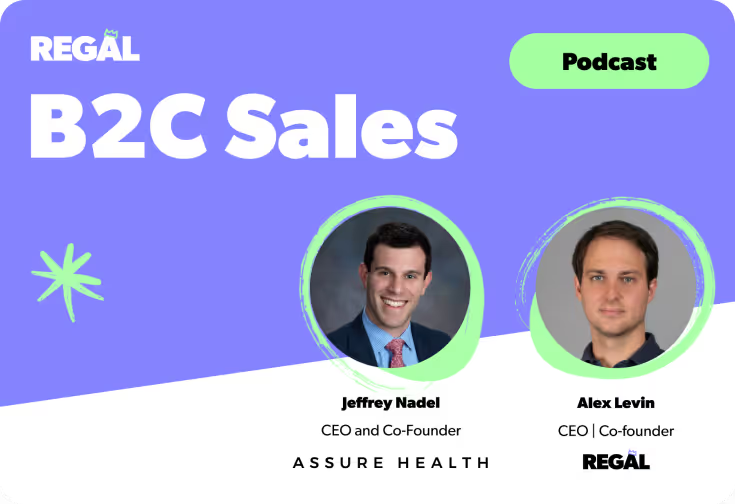
September 2023 Releases
AI-powered agents are transforming contact centers, offering faster response times, cost efficiency, and 24/7 availability. But as companies rush to deploy AI solutions, a critical question remains: Where do you start when thinking about measuring AI agent success?
At Regal.ai, many customers come to us after they've already tried to use an AI Voice Agent developer platform such as Bland, Vapi or Retell – and the most common reason is after spending engineering resources to deploy their AI agent on those platforms, they can't confidently say if it’s working.
Invariably the first version of any AI agent is not going to immediately outperform your human agents, whom you've been training for years. You need a platform where you can make continuous iterations with confidence, and measure the impact of those iterations until you achieve performance on par or better than your human agents. To do that, you need A/B testing tools, QA tools, and the proper metrics and reporting to iterate and evaluate fast.
Let’s start with the easy metrics that are crucial for measuring AI agent success, where AI agents should instantly outperform human agents. Customers expect instant service, and AI is meant to deliver on that promise. Key metrics to track:
When staffing with human agents, it’s too costly to hit these types of SLAs, so customers settle for e.g., 80% of calls <20 seconds. That trade off is no longer needed.
Why It Matters: Faster engagement can boost conversions, improve customer satisfaction, and reduce churn.
AI agents are only effective if customers actually interact with the AI Agent. Understanding user acceptance involves tracking:
Escalations & Containment: Are customers screaming “human” into the phone? Or are AI Agents able to “contain” the conversations by providing enough value to customers?
When measuring AI agent success, it isn't just about starting conversations—it’s about executing them. Key questions:
✅ Win Scenario: AI agent following the task where appropriate, fielding objections without going off task, and can inject some generative conversational magic within the bounds of its role, so it doesn’t feel like an IVR.
❌ Failure Scenario: The AI confuses customers, loops back on previous questions, asks questions that have already been answered or takes incorrect actions.
An AI agent that provides incorrect or irrelevant responses can be worse than no agent interaction at all. Important accuracy metrics include:
.webp)
Wrong Department Transfers: Is the AI directing customers to the right human agents when necessary? This is a surprisingly large hidden cost for contact centers.
At the end of the day, measuring AI agent success comes down to AI driving measurable business results. All of the above metrics are “input” metrics that are more controllable, faster and easier to iterate and measure (especially in longer sales cycles), but what ultimately matters is the “output” metrics of all those inputs. It all comes down to:
AI Agents should increase efficiency, improve customer experience, and reduce costs – that's the ultimate goal when measuring AI agent success. That’s the bar you should be aiming for. AI developer platforms minted out of YC are great for quickly launching an OK AI agent that can impress investors, but your actual customers and business demand a high performing agent that delivers real results.
Want to take a deeper dive into measuring AI agent success and optimizing AI performance in your contact center? Explore how Regal’s AI Phone Agents can help you improve key metrics like speed to lead, task completion, and accuracy—ensuring your AI outperforms expectations. Ready to see AI in action? Reach out today to discuss how our AI-driven solutions can drive efficiency, reduce costs, and deliver real business results.

Ready to see Regal in action?
Book a personalized demo.







